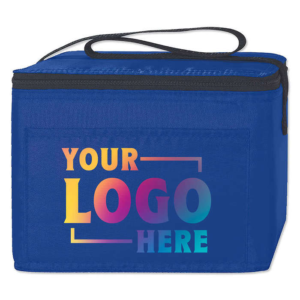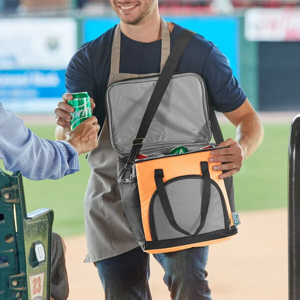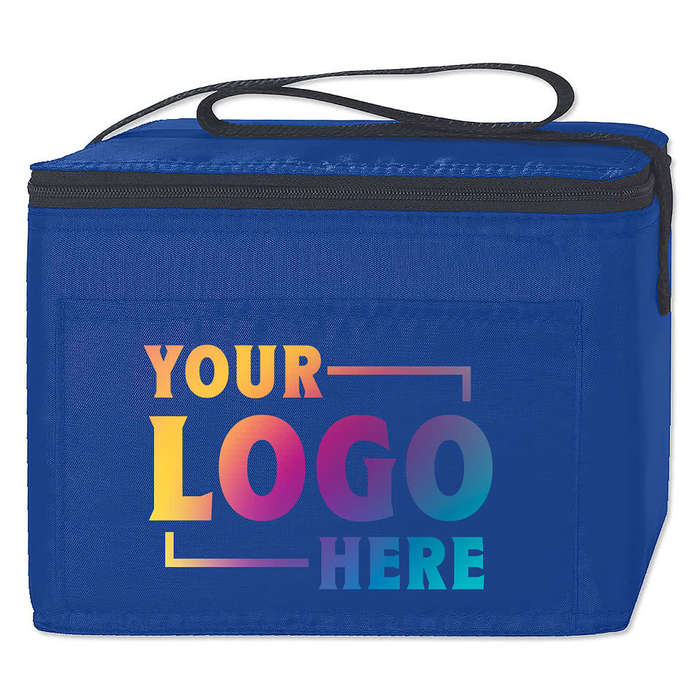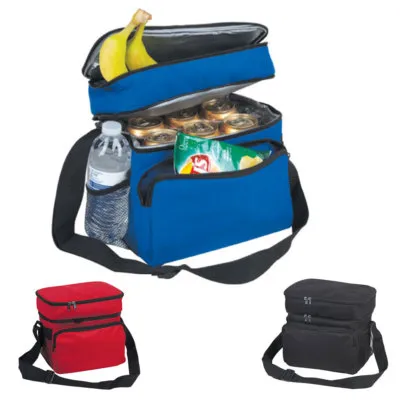Recognizing when to change suppliers is crucial for B2B buyers. These six warning signs highlight quality, service, and reliability issues that can harm your business.
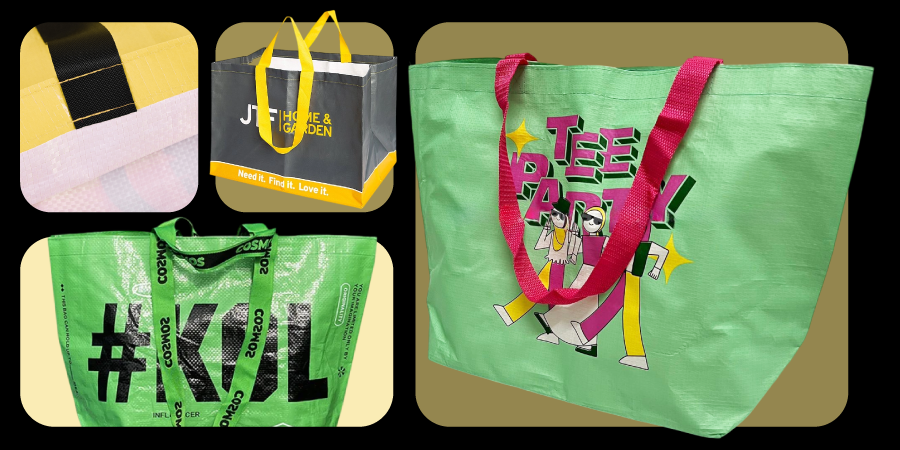
Recurring quality problems, delays, or poor service are strong indicators that it's time to find a more reliable bag supplier.
Read on to see if your current supplier is helping—or hurting—your business.
1. Broken Handles or Damaged Bags Upon Arrival[^1]

Physical defects reflect poor manufacturing standards.
How This Affects You
Bags with ripped handles, broken zippers, or seams falling apart cause embarrassment and lost sales. Customers associate poor packaging with poor products.
Quality Red Flags
| Issue | Possible Cause | Business Risk |
|---|---|---|
| Torn handles | Weak stitching or thin material | Damage during shipping or use |
| Misshapen bags | Bad storage or faulty machines | Product presentation suffers |
| Loose seams | Poor QC process | Reputation loss |
Think About:
Do returns or customer complaints increase after delivery? Even a 5% defect rate can cost thousands in replacements.
2. Inconsistent Printing or Branding on Bags[^2]
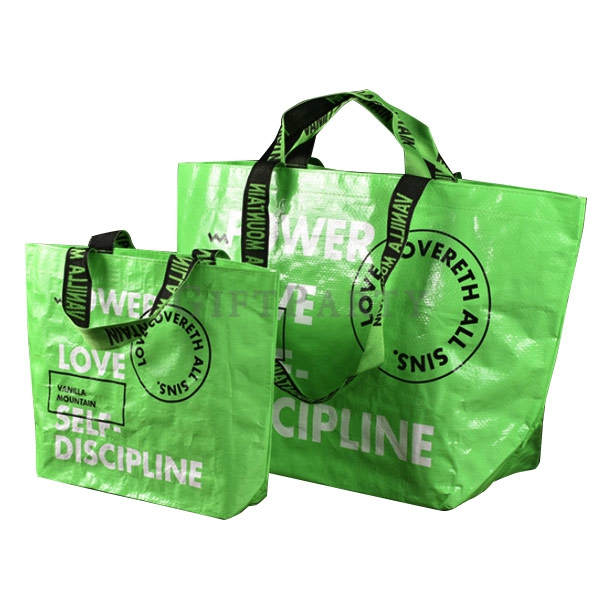
Your brand’s visibility suffers when logos are misprinted or colors vary.
The Cost of Inconsistency
B2B customers expect packaging that reflects their identity. Crooked logos or faded colors send the wrong message. These issues are often due to poor quality control or outdated printing equipment.
Common Print Issues
| Problem | Likely Reason | Outcome |
|---|---|---|
| Off-center logo | Misaligned screens | Weak brand impact |
| Faded or dull colors | Low-grade ink or printing errors | Perceived low quality |
| Different sizes per batch | Lack of process standardization | Unprofessional appearance |
Think About:
Does every order look the same? If not, your brand consistency may be at risk.
3. Frequent Delivery Delays[^3] or Unreliable Lead Times

Late shipments hurt your operations and customer trust.
Delivery Problems That Signal a Red Flag
If your supplier frequently misses promised deadlines or gives vague delivery estimates, it may point to poor internal planning or overcommitment.
Delivery Issue Breakdown
| Problem | Potential Cause | Effect |
|---|---|---|
| Late repeat orders | No inventory buffer | Missed sales opportunities |
| Lead time changes | Unclear scheduling or outsourcing | Inventory mismanagement |
| No tracking updates | Poor logistics systems | Planning difficulties |
Think About:
Are your team and warehouse constantly adjusting to late arrivals? A dependable supplier sticks to a schedule.
4. Poor Customer Service and Support[^4]
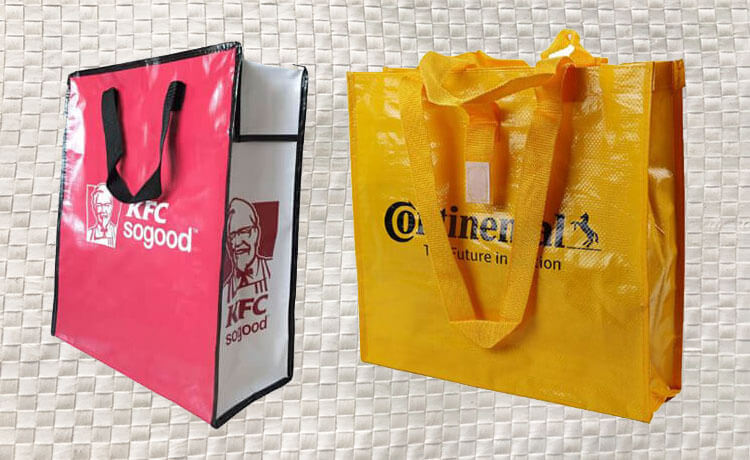
A lack of support creates stress and uncertainty.
Signs of Bad Service
When issues arise, prompt support matters. If your supplier is slow to respond or unhelpful during disputes, they may not be a long-term partner.
Service Quality Table
| Behavior | Signal | Business Risk |
|---|---|---|
| Slow or no replies | Poor communication structure | Delays in problem resolution |
| Blame-shifting | Lack of accountability | Frustration and disputes |
| Unclear instructions | Weak client education | Errors in order specs |
Think About:
How fast do they reply when things go wrong? You need a supplier that solves—not stalls—your problems.
5. Limited Customization or Product Variety[^5]
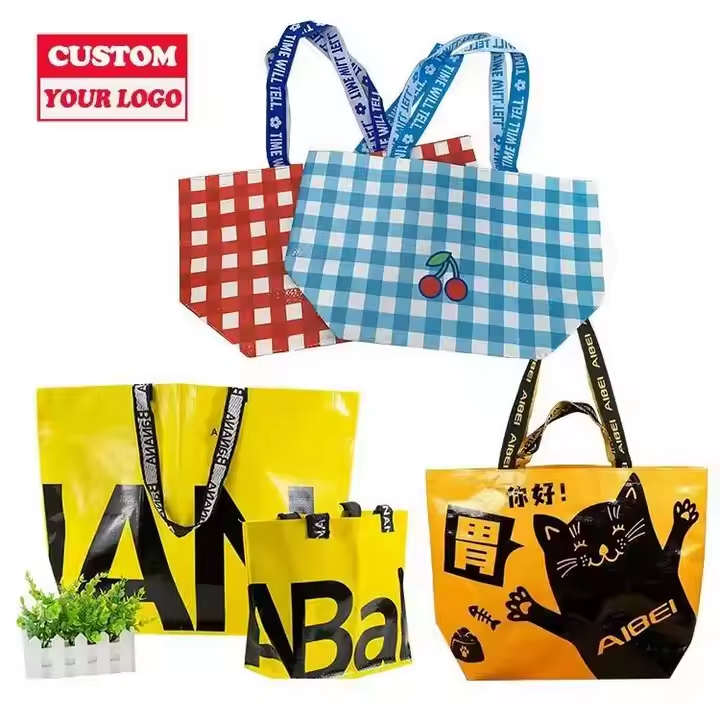
If you can’t grow your product line, you’ll fall behind.
Lack of Flexibility Hurts Growth
When your supplier only offers standard SKUs and can’t handle size, print, or fabric customizations, you lose chances to differentiate and capture new markets.
Customization Gap
| Limitation | Result | Long-Term Effect |
|---|---|---|
| No logo print options | Weak brand identity | Lost brand recognition |
| Fixed sizes/colors | Less market appeal | Inability to serve niche segments |
| No seasonal/AR designs | Missed trend opportunities | Competitors gain market share |
Think About:
Does your supplier help you innovate or hold you back? A proactive partner helps you launch new designs fast.
6. Unfavorable Payment Terms[^6], Warranties, or Return Policies

Rigid business terms raise risk and lower flexibility.
Watch for These Red Flags
If you must pay 100% upfront, cannot return defective items, or face hidden fees, you’re shouldering all the risk. Fair terms protect your margins and give confidence.
Policy Comparison
| Policy Type | Problem | Preferred Alternative |
|---|---|---|
| No returns allowed | Stuck with defective stock | Defect-based return window |
| 100% payment upfront | High risk with no leverage | 30% deposit, 70% before shipping |
| No warranties offered | No recourse if items fail | Minimum 6-month defect coverage |
Think About:
Are your terms reasonable and balanced? Or are they putting your business in a tight spot?
Conclusion
Changing your bag supplier may feel risky, but ignoring the signs could cost more. Damaged products, slow delivery, and poor service all limit your B2B potential.
We’ve helped businesses recover from supplier issues by offering reliable timelines, custom designs, and responsive support. You don’t have to settle for second-best.
Have you faced any of these issues? Comment below with your experience—we’re here to help.
---
[^1]: Learn best practices for handling damaged goods to minimize losses.
[^2]: Explore how branding consistency can influence customer trust and loyalty.
[^3]: Learn about the operational impacts of delivery delays and how to mitigate them.
[^4]: Discover the importance of responsive support in maintaining strong supplier partnerships.
[^5]: Find out how product flexibility can enhance your market competitiveness.
[^6]: Understanding payment terms can protect your business from financial strain.

